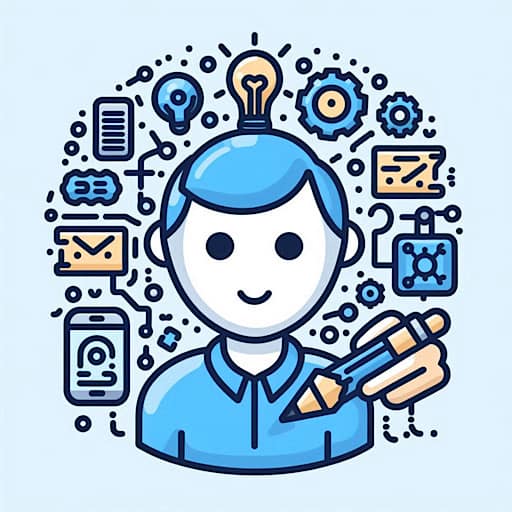
It’s not Magic…
It’s
Mathematics
If you’ve ever used ChatGPT and thought, “How does it know that?”—you’re not alone. It’s fast, accurate, oddly charming, and never seems to run out of ideas.
It can feel almost magical. But here’s the thing: it’s not magic. It’s maths. Lots of it.
So what is this thing really?
At its heart, ChatGPT is a language model—a very large one—trained on staggering amounts of human-written text. We’re talking books, websites, articles, scripts, forum posts, recipes, Shakespeare, science papers, you name it. From all of that, it learned patterns. Not facts in the way a person remembers them, but patterns in how words and ideas tend to follow one another.
It doesn’t understand the way we do. It doesn’t think. But it’s incredibly good at guessing what comes next in a sentence—because it’s seen so many examples.
If you write:
“A cup of tea and a slice of…”
…it knows the next word is likely to be cake (unless you’re being fancy and going for lemon drizzle).
Why does it feel like magic, then?
Because it’s fast. Because it rarely hesitates. Because it mirrors your tone, answers your questions, and sometimes even makes you laugh.
That’s the superpower: the illusion of understanding. But there’s no person behind the curtain—just a very clever algorithm pulling ideas from a mountain of language data.
And what about accuracy?
It’s often spot on. But it’s not infallible. ChatGPT doesn’t “know” anything in the way you or I do—it predicts based on probability. Most of the time, that’s enough to get a coherent and useful answer. Sometimes, though, it gets overconfident and gives you a very polished load of nonsense. (We call this a “hallucination”—yes, even the jargon is a bit theatrical.)
And here’s where I let you in on a little secret: I use ChatGPT Plus to help me craft my articles. Not to write them for me, but to brainstorm ideas, explain tricky concepts, and polish up the wording. I treat it like a business partner—and I’m not ashamed to say it’s also been a brilliant tutor. I’ve learned more in a few months of using it than I ever expected to.
But the buck still stops with me. I check what it says to the best of my ability. Any errors or bits of misinformation are mine to own. So if something’s wrong, blame me—not the bot!
So why does it work so well?
Because humans are predictable in our language—more than we realise. That’s not an insult; it’s just how language works. We use patterns, phrases, metaphors, and structures over and over. AI models like ChatGPT have seen enough examples to copy those patterns in a way that feels natural and fluent.
It’s not unlike how children learn language—but supercharged. Imagine a child that reads the entire internet before breakfast. That’s what makes it fast, versatile, and helpful.
The takeaway?
ChatGPT and tools like it aren’t mystical beings. They’re built on probabilities, patterns, and processing power. But when used thoughtfully, they can feel like an extension of your brain—a thinking partner, writing buddy, or sounding board that never gets tired.
It’s not magic. But it’s still pretty amazing.
